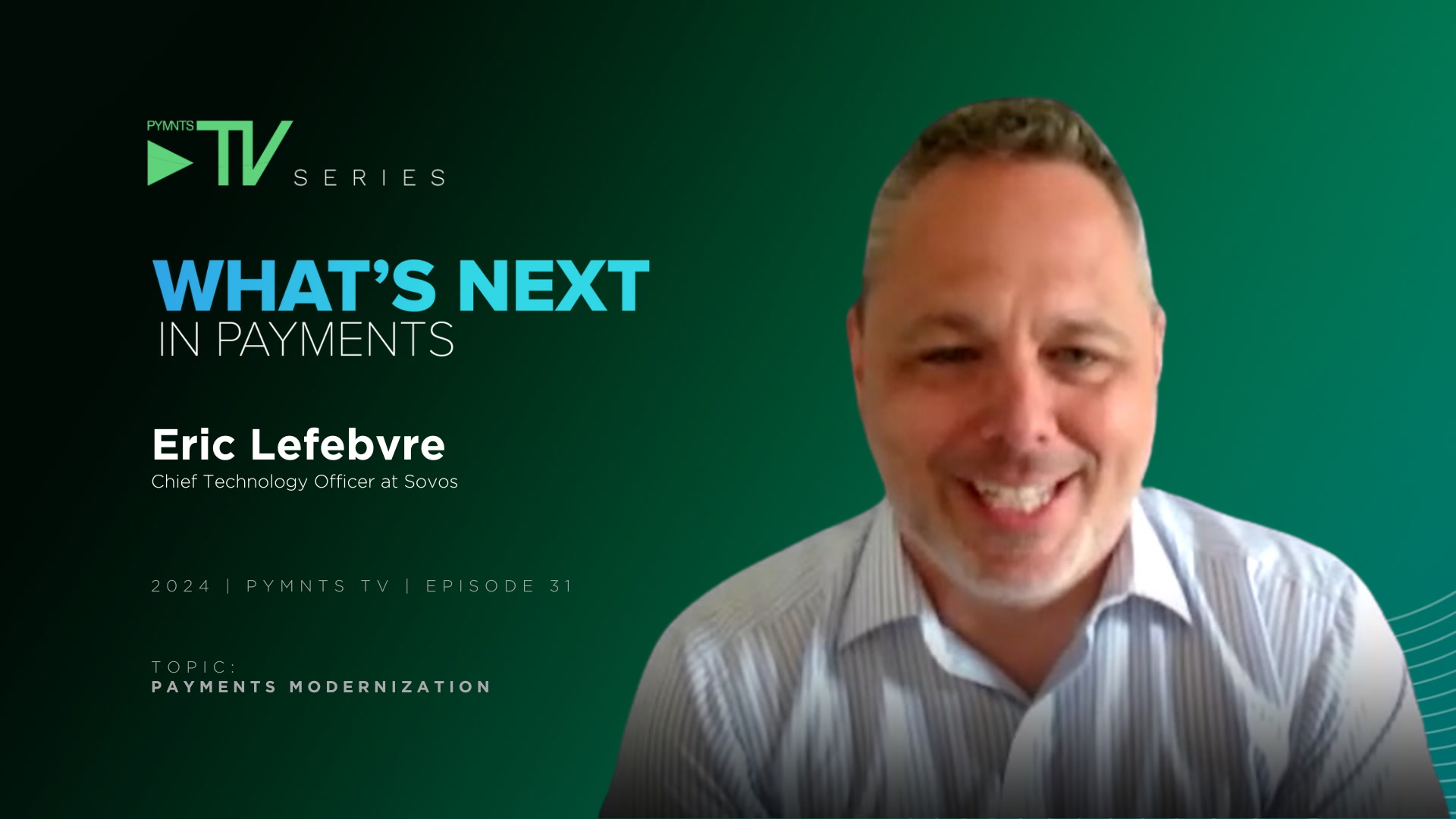Bussiness
Government Mandates Will Force Business Payments Modernization

Change is inevitable, and businesses that initiate change have the best opportunity to manage it.
That’s why embracing payments modernization is so important for organizations, particularly with the future of payments looking increasingly digital, immediate and secure — no matter where you’re sitting.
“One of the most exciting things about the payments industry is the pace of innovation,” Sovos Chief Technology Officer Eric Lefebvre told PYMNTS for the series “What’s Next in Payments: Payments Modernization.”
“Generally, new technology is easier to implement and augment than older technology,” Lefebvre said, noting that the adoption curve on a lot of new payment methods has shrunk.
He highlighted the “consumerization of IT” as a significant trend, where the seamless experiences offered by devices like iPhones raise the bar for corporate applications and services.
As the world of commerce moves into the future, payments modernization is emerging as not just a growth pillar or a competitive necessity, but as a government-mandated operating reality.
The Four Pillars of Payments Modernization
Lefebvre identified four major factors propelling the need for payments modernization.
First, the acceleration of B2B commerce is necessitating a shift from traditional overnight batch processing to real-time payments, a transition supported by innovations like The Clearing House’s RTP® network and the FedNow® Service. The move toward immediacy also facilitates accounts payable and accounts receivable automation within enterprise resource planning (ERP) systems, enhancing efficiency in the B2B sector.
Second, the B2C and peer-to-peer payment arenas have evolved from digital wallets and noncard bank payments to platforms like Apple Cash and Zelle, expanding the payment ecosystem rapidly, both within existing rails and beyond, while creating a mosaic of options for consumers and businesses alike.
The third driver is the emergence of new standards aimed at combating fraud, closing tax gaps and protecting account holders. These include ISO 20022, open banking requirements, GDPR and the IRS’s introduction of the Iris eFiling system, all of which necessitate investment and are pushing the digital transformation of payments forward.
Lastly, Lefebvre pointed to the architectural limitations of legacy bank core systems built on outdated architectures, which present challenges in adapting to market demands and integrating new technologies at the required pace, a discrepancy that highlights the need for modernization efforts.
“At some point, there will be a forcing function, and those who can get to a single speed that is faster will win over the laggards that are still in a two-speed model,” he explained. “The thing about technology is as soon as you deploy a product, the tech debt timer starts.”
Navigating the Ever-Evolving Landscape of Payments Modernization
As businesses navigate the complexities of operating across multiple jurisdictions, the convergence of ERP systems, tax compliance requirements and payment methods will shape the next phase of payments modernization.
Against this backdrop, Lefebvre emphasized the importance of maintaining a balanced technology and product roadmap that addresses business as usual, security, tech debt and new feature development to ensure sustainable growth and compliance.
With governments increasingly influencing the payments landscape through mandates and regulations, Lefebvre highlighted the necessity of aligning with tax compliance and regulatory requirements and adopting interoperable frameworks.
While the journey toward payments modernization is marked by both challenges and opportunities, by embracing technological advancements, forging strategic partnerships and prioritizing tax compliance, businesses can navigate this dynamic landscape and unlock new avenues for growth and efficiency.
Looking ahead, Lefebvre said he envisions opportunities arising from the relentless pace of innovation, particularly for enterprises in the multinational space.
“Consumer tech continues to evolve, but I think the next horizon over the next five years is truly in B2B and driving those changes … this is the calm before the storm,” he said. “The next five to six years [are] going to be a massive change agenda for large manufacturers distributors that are operating in multiple countries because it’s hard enough to do it in the U.S., which is really, from a tax perspective, 50 countries. Every country is unique. The payment methods, the compliance environment, ERP, the level of sophistication around automation — and that’s where payments modernization will have an impact.”
For all PYMNTS B2B coverage, subscribe to the daily B2B Newsletter.










